This disgusting habit actually reveals your dog’s brilliant survival strategy.
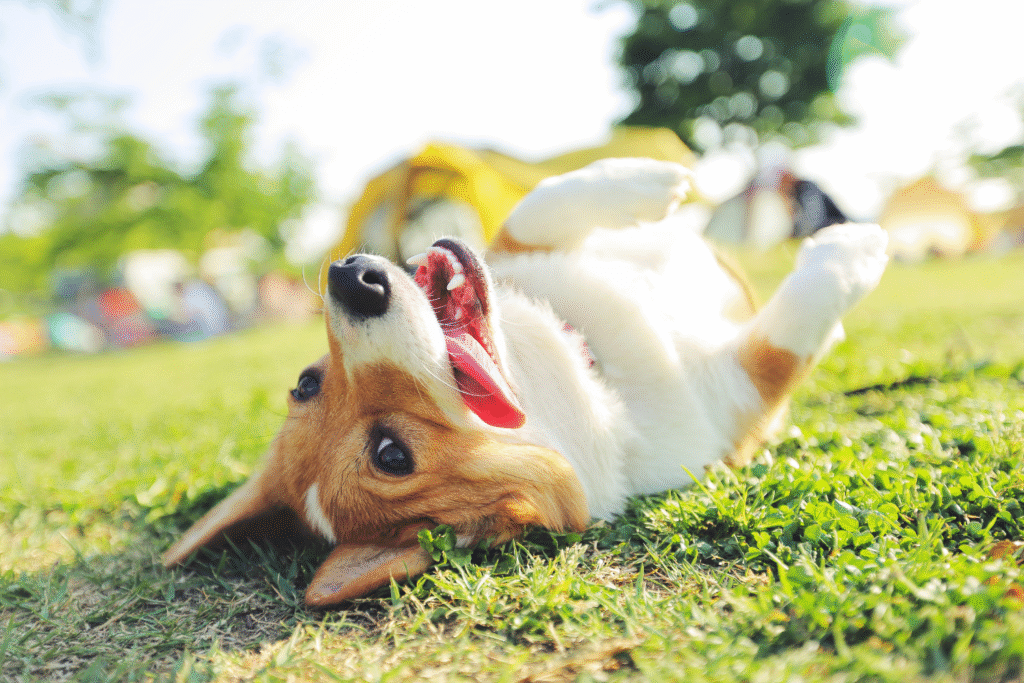
Nothing ruins a peaceful walk quite like watching your pristine golden retriever discover a rotting fish and immediately drop to the ground for an enthusiastic full-body rubdown. While you’re standing there gagging and planning the inevitable bath, your dog is experiencing pure bliss as they coat themselves in the most putrid scent available. This seemingly revolting behavior has deep evolutionary roots that make perfect sense from your dog’s perspective, even if it leaves you questioning their sanity and your life choices as a pet owner.
1. Scent camouflage transforms your house pet into a stealth predator.

According to wildlife biologists studying canid behavior, rolling in strong-smelling substances allows dogs to mask their natural scent, making them less detectable to potential prey during hunting expeditions. This ancient camouflage technique helped wild ancestors approach unsuspecting animals without triggering scent-based alarm systems that would send dinner running in the opposite direction. Your domesticated dog retains this instinctual behavior despite having zero intention of hunting anything more challenging than kibble in a bowl.
The strategy works so effectively that many modern hunting dogs still employ scent masking techniques during actual hunting situations, proving that thousands of years of domestication haven’t erased these deeply ingrained survival tactics. Even though your suburban poodle will never need to catch their own dinner, the urge to disguise their scent remains surprisingly strong.
2. Information gathering through scent analysis provides detailed environmental intelligence.
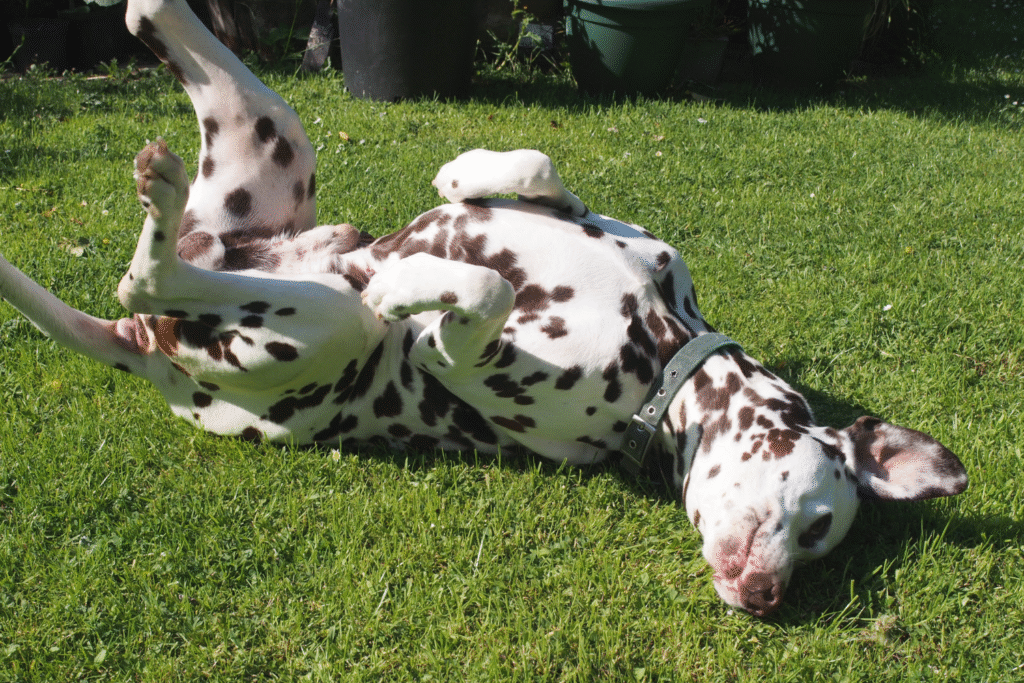
Rolling allows dogs to collect and analyze complex chemical information about their surroundings, essentially creating a detailed scent profile of the area’s wildlife, recent visitors, and potential threats or opportunities. Dogs can determine what animals passed through an area, their health status, reproductive condition, and even stress levels through careful chemical analysis that occurs during the rolling process, as reported by canine scent researchers at Auburn University. This information gathering serves as a primitive but highly effective surveillance system that keeps dogs informed about their territory.
The rolling motion maximizes surface contact between their fur and the scent source, allowing for thorough chemical absorption that can be analyzed later through sniffing and licking their own coat. This mobile scent laboratory provides ongoing intelligence updates about environmental changes that might affect safety, food sources, or social dynamics in their area.
3. Social communication broadcasts detailed messages to other pack members.
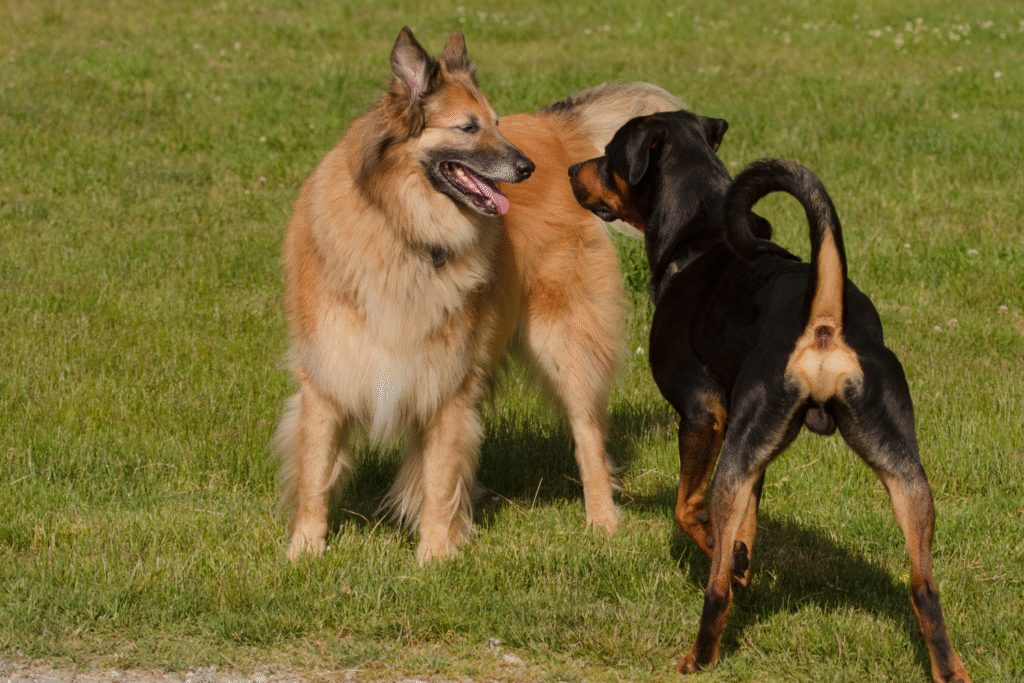
As discovered by animal behavior specialists studying wolf pack dynamics, scent rolling allows individuals to share environmental information with their pack by carrying foreign scents back to the group for collective analysis. When your dog returns home reeking of dead fish, they’re essentially delivering a detailed report about their discoveries to you and any other household pets who can interpret the chemical messages embedded in their fur. This behavior strengthens pack bonds by sharing valuable intelligence that benefits the entire group’s survival and safety.
The practice becomes even more elaborate in multi-dog households where pack members often investigate and respond to scents brought home by their companions, creating a complex information network that keeps everyone updated on neighborhood developments. Dogs who roll in particularly interesting scents often become temporary celebrities within their pack as other members seek to learn from their aromatic discoveries.
4. Pleasure seeking drives this surprisingly addictive sensory experience.
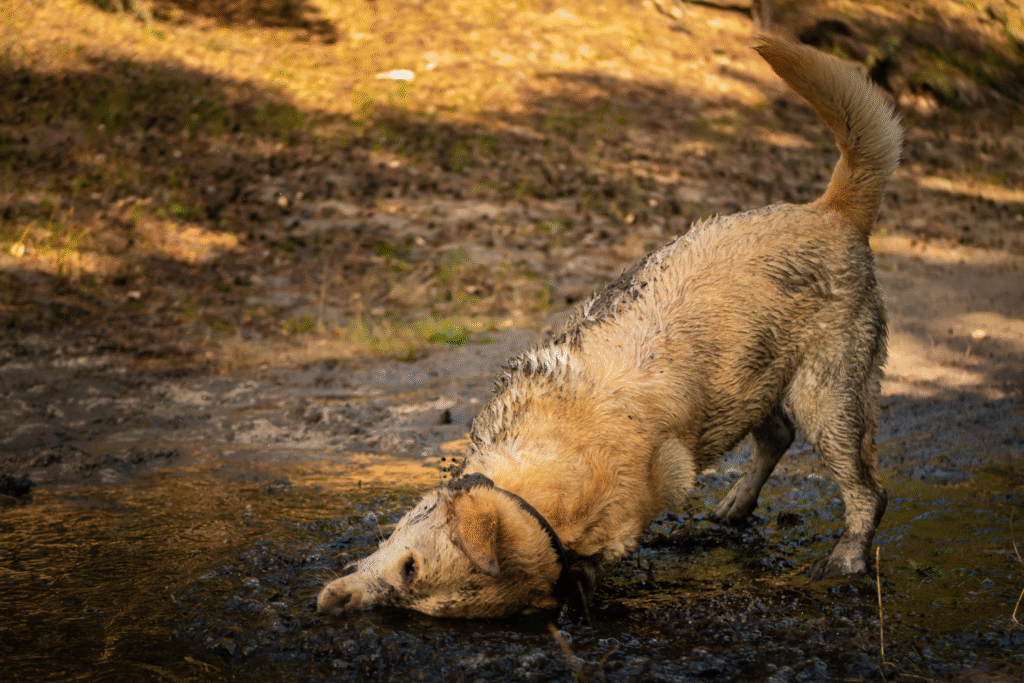
Many dogs appear to enter an almost trance-like state of pure euphoria while rolling in putrid substances, suggesting that the behavior triggers significant pleasure responses in their brain chemistry. The intense satisfaction visible on your dog’s face during these revolting episodes indicates that scent rolling activates reward pathways similar to those involved in other highly pleasurable activities like eating favorite treats or receiving belly rubs. This neurological reward system ensures that dogs continue engaging in behaviors that were evolutionarily advantageous for their ancestors.
The addictive quality of scent rolling explains why dogs often return repeatedly to the same dead animal or refuse pile, seeking to recreate that intense sensory experience despite previous baths and scoldings. Breaking this habit requires understanding that your dog genuinely enjoys the activity rather than viewing it as deliberate misbehavior designed to annoy their human companions.
5. Territory marking establishes ownership through scent layering techniques.
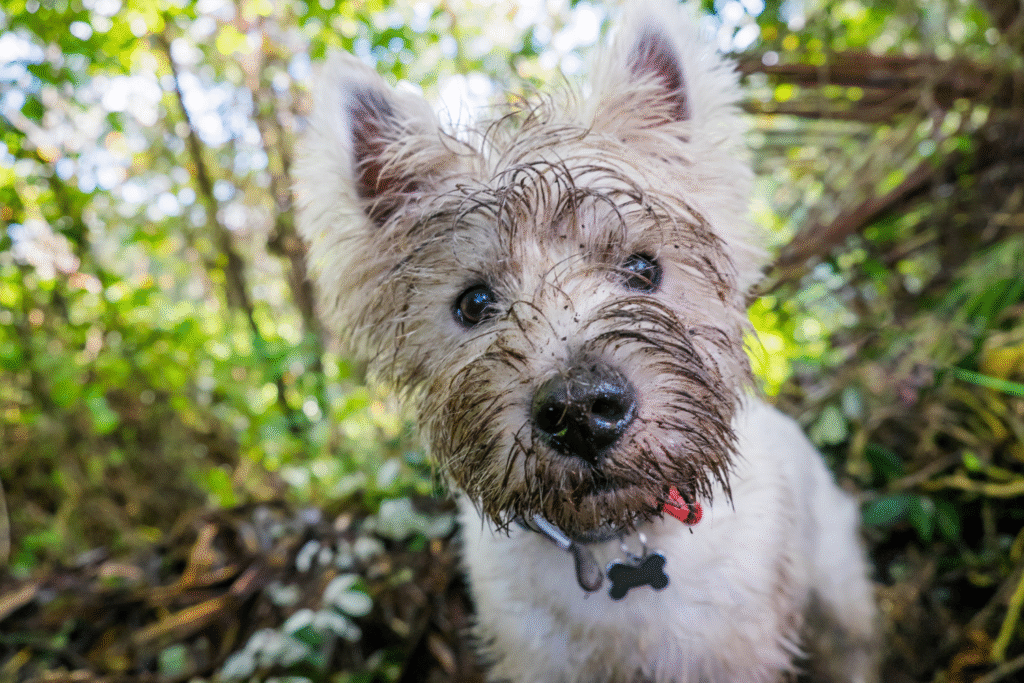
Rolling in dead things allows dogs to combine foreign scents with their natural body odor, creating a unique aromatic signature that marks their presence in specific locations more effectively than simple urine marking. This scent layering technique broadcasts complex territorial messages that communicate ownership, recent activity, and individual identity to other animals who encounter the marked area later. The practice essentially turns your dog into a walking billboard advertising their territorial claims throughout the neighborhood.
Strategic scent application through rolling often occurs at boundary areas where territorial disputes are most likely, with dogs selecting particularly potent substances to ensure their messages remain detectable for extended periods. This sophisticated marking system provides much more detailed information than basic territorial markers, essentially creating a chemical autobiography that other dogs can read and interpret.
6. Stress relief emerges from this surprisingly therapeutic ritual.
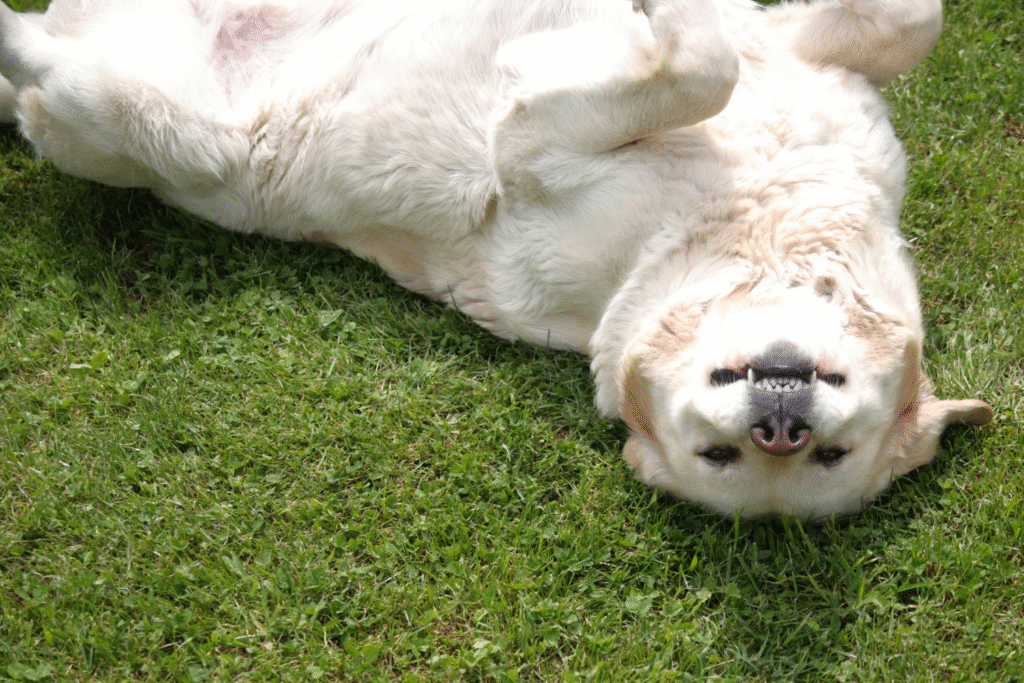
The rhythmic rolling motion combined with intense sensory stimulation appears to provide significant stress relief for many dogs, similar to how humans might find comfort in repetitive activities during anxious periods. Dogs often seek out rolling opportunities after stressful events like vet visits, storms, or social conflicts, suggesting that the behavior serves important emotional regulation functions beyond its practical applications. The combination of physical activity and overwhelming sensory input may help reset their nervous system and restore emotional equilibrium.
This self-soothing aspect explains why some dogs develop compulsive rolling behaviors during periods of extended stress or anxiety, using dead animal encounters as a form of emotional therapy that helps them cope with challenging situations. Understanding this therapeutic component can help owners address the underlying stress factors that might be driving excessive rolling behaviors.
7. Attention seeking transforms disgusting discoveries into social opportunities.
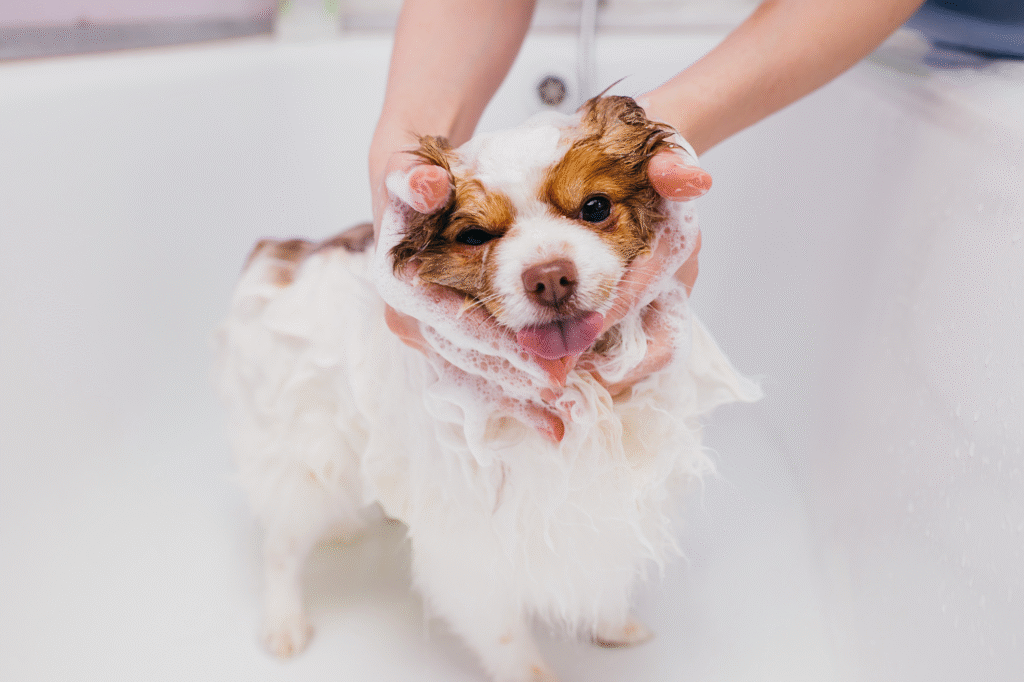
Smart dogs quickly learn that rolling in dead things guarantees immediate and intense human attention, even if that attention involves shouting, chasing, and emergency bath preparation. The dramatic human response to scent rolling often reinforces the behavior by providing exactly the kind of exciting interaction that many dogs crave from their otherwise busy owners. Some dogs deliberately seek out rolling opportunities when they feel ignored or want to inject some chaos into boring daily routines.
The guaranteed bath that follows rolling incidents also provides extended one-on-one time with their favorite humans, creating positive associations that may outweigh any negative consequences like scolding or temporary outdoor banishment. This attention-seeking motivation becomes especially strong in dogs who receive limited interactive time during normal daily activities.
8. Seasonal opportunities intensify rolling behaviors during specific environmental conditions.
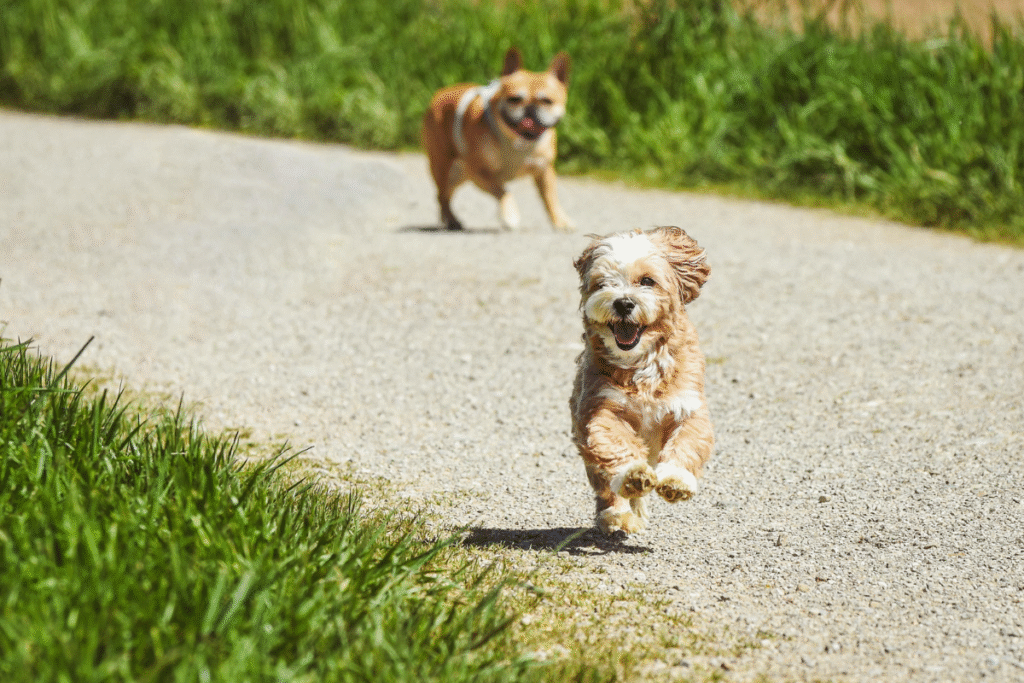
Dead animal availability fluctuates dramatically throughout the year, with spring bringing road kill from increased wildlife activity and fall providing hunting season casualties that create prime rolling opportunities. Dogs often display heightened excitement about outdoor adventures during these peak scent seasons, suggesting they’ve learned to anticipate and seek out optimal rolling conditions. Weather patterns also affect scent intensity, with humid conditions preserving and intensifying dead animal odors that become irresistible to passing dogs.
Temperature changes influence decomposition rates and scent strength, making certain times of year particularly challenging for owners trying to avoid rolling incidents during routine walks. Many experienced dog owners adjust their walking routes and vigilance levels based on seasonal patterns that predict when rolling opportunities are most likely to present themselves.
9. Breed-specific tendencies influence rolling frequency and intensity patterns.
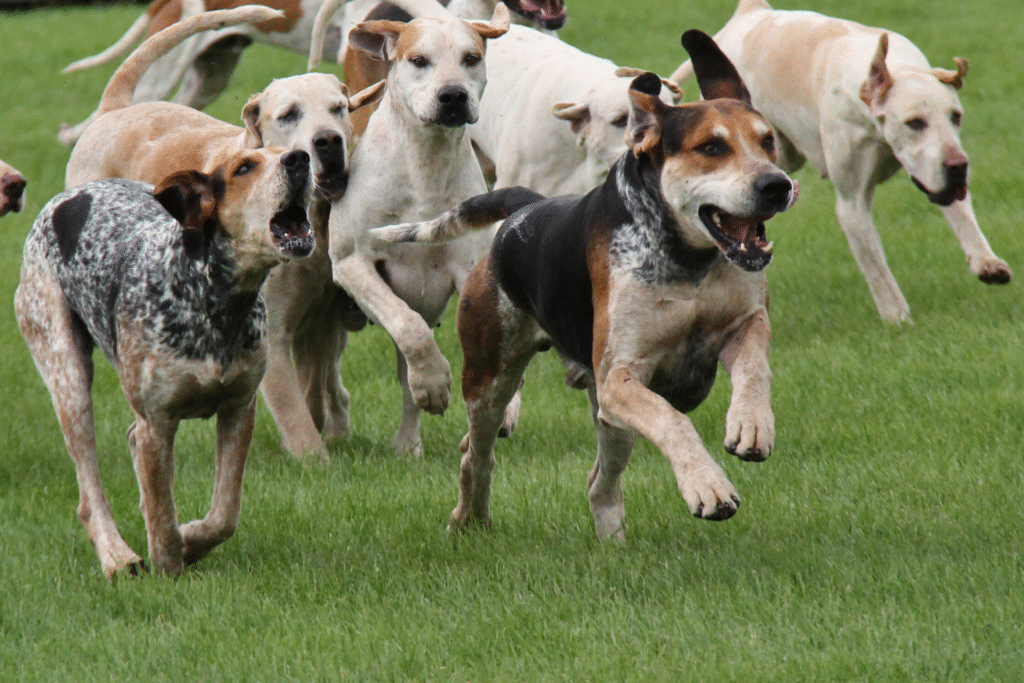
Hunting breeds like retrievers and hounds often display stronger rolling instincts due to their genetic programming for scent work and prey tracking activities. These dogs may roll more frequently and enthusiastically because their breeding history emphasized traits that made scent-related behaviors particularly rewarding and necessary for successful hunting partnerships. Working breeds bred for independent decision-making also tend to roll more often since they’re genetically programmed to gather environmental information autonomously.
Conversely, companion breeds developed primarily for human interaction may show less interest in rolling behaviors, preferring social activities with their owners over solitary scent investigations. Understanding your dog’s genetic predispositions can help predict and manage rolling tendencies while providing appropriate alternative outlets for their natural behavioral drives.
10. Health implications make this behavior more complex than simple disgust factors.

Rolling in decomposing matter exposes dogs to various bacteria, parasites, and toxins that can cause serious health problems ranging from skin infections to digestive issues. The irresistible urge to roll often overrides natural caution about potential health risks, leaving owners responsible for protecting their dogs from the consequences of their instinctual behaviors. Regular parasite prevention and prompt veterinary attention for any rolling-related symptoms become essential parts of responsible ownership for dogs with strong rolling tendencies.
However, some researchers suggest that controlled exposure to environmental bacteria through rolling might actually strengthen immune systems by providing natural immunological challenges that keep immune responses active and effective. This potential benefit doesn’t outweigh the definite risks, but it adds another layer of complexity to understanding why dogs continue engaging in behaviors that seem obviously harmful to human observers.
